How to Get Dopamine for ADHD: Boost Your Focus and Mood
Ever feel like your brain is juggling a million tabs, and you’re stuck on the one that’s buffering? Same. Living with ADHD (attention deficit hyperactivity disorder) means constantly wrestling with focus, memory, and burnout, especially when your to-do list is longer than your arm. Working from home? Forget about it—distractions are everywhere. But here’s the good news: understanding how dopamine works can be a game-changer. Let’s dive into how boosting this magical neurotransmitter can help you manage your ADHD symptoms and get your life back on track.
As someone who juggles work from home with the endless distractions that come with it, I’ve often found myself in the procrastination loop. You know, that feeling when you should start a task but end up ‘accidentally’ scrolling through social media instead? And honestly, the state of my short-term memory and attention span was incredibly embarrassing for a 29-year-old.
Determined to find a solution, I started digging into how dopamine affects our brains and discovered some life-changing insights.
Common Symptoms of ADHD and Dopamine’s Role
If you’ve got ADHD, you’re familiar with the classic symptoms: inattention, hyperactivity, and impulsivity. For us adults, it’s often about executive dysfunction—planning, prioritizing, and just getting stuff done. The root of this? Often, it’s low dopamine levels. This neurotransmitter is key to reward and motivation; when it’s lacking, everything feels like a slog. Boosting dopamine can help mitigate these symptoms, making it easier to stay focused, motivated, and organized.
People with ADHD often have low levels of dopamine in critical areas like the prefrontal cortex and basal ganglia, which are essential for attention, motivation, and executive function.
Plus, overactive dopamine transporters clear out this precious neurotransmitter too quickly, leaving us with less dopamine to keep us on track. This deficiency can turn everyday tasks into Herculean efforts, making it challenging to stay motivated and focused. Understanding this helps us see why boosting dopamine through lifestyle changes can be such a game-changer
Understanding Dopamine and ADHD
What is Dopamine? Think of dopamine as your brain’s cheerleader. It’s a neurotransmitter that plays a vital role in feeling pleasure, thinking, and planning. When dopamine levels are balanced, it’s easier to stay focused and motivated.
Dopamine’s Functions in the Brain:
- Attention and Focus: Dopamine helps keep your attention on tasks.
- Motivation and Reward: It gives you a good feeling when you accomplish something, driving you to achieve more.
- Pleasure: Released during enjoyable activities reinforces behaviors that make you happy.
Connection Between Dopamine Deficiency and ADHD: Studies show that people with ADHD often have lower dopamine levels in key areas of the brain. This deficiency affects attention, motivation, and impulse control. Medications that increase dopamine levels, like stimulants, can help normalize these pathways and reduce ADHD symptoms.
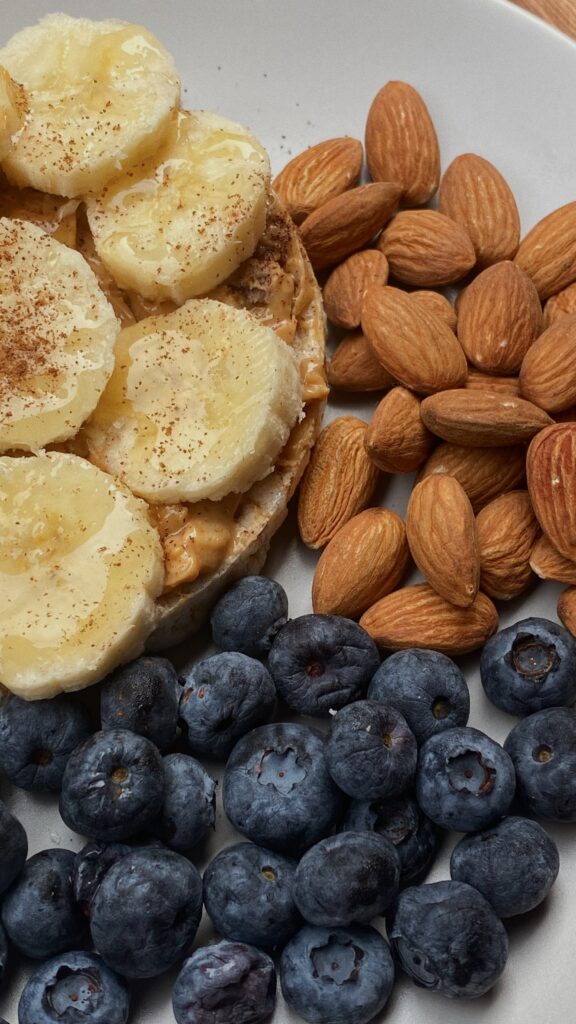
Eat Your Way to Better Dopamine
Importance of a Balanced Diet: Proper nutrition can improve brain function and increase dopamine levels, helping you stay focused and in control. I try to keep healthy, protein-rich snacks or meals ready in the house for when I get hungry so that I don’t rush and grab snacks that will make me feel worse.
I typically follow a Mediterranean diet. It’s not only great for overall health, but it genuinely makes me feel better. Plus, studies have shown that children following a Mediterranean diet see a positive effect on their ADHD symptoms.
Protein-Rich Foods: Foods like lean meats, eggs, nuts, and dairy products are dopamine powerhouses. They’re rich in amino acids, which are the building blocks of dopamine. For example, tyrosine, an amino acid in protein-rich foods, directly boosts dopamine production.
Balanced Meals: Your plate should look like a rainbow—half veggies and fruits, a quarter fiber-rich carbs, and the last quarter proteins. This balance keeps your blood sugar stable, which is crucial for maintaining dopamine levels.
Specific Nutrients: Certain vitamins and minerals are essential for dopamine production:
- Zinc
- Magnesium
- Iron
- Folate
- Vitamin B6
- Niacin
Incorporate spinach, almonds, and beans into your meals. For example, many kids with ADHD have lower iron levels, and boosting this can help increase dopamine.
Practical Tips:
- Kickstart your day with a protein-packed breakfast like eggs or Greek yogurt.
- Snack on nuts and seeds to keep your energy up.
- Add leafy greens and legumes to your lunch and dinner for an extra nutrient punch.
Exercise Your Way to More Dopamine
How Physical Activity Boosts Dopamine: Physical activity releases dopamine and other neurotransmitters that improve mood and cognitive function. For someone with ADHD, this means better focus, improved mood, and overall well-being.
Types of Exercise:
- Aerobic Exercise: Running, cycling, and swimming can increase dopamine levels and improve attention.
- Strength Training: Lifting weights or doing bodyweight exercises also boosts dopamine.
- Yoga: Studies show that yoga can significantly increase dopamine levels and reduce ADHD symptoms.
I’ve also found that using a walking pad while working from home helps keep me moving. It’s easy to get tied to the screen with back-to-back Zoom meetings, but the walking pad ensures I get my steps in during the day. This simple change has made a huge difference in my ability to focus and tackle daunting tasks. Plus, I love my Oura ring—it gamifies my step count and gives me valuable health insights, making it fun to top yesterday’s numbers. I’ve noticed a clear correlation between my step count and productivity.
A recent study in Psychiatry Research found that aerobic exercise increased dopamine receptor availability in the brain, helping with focus and reducing impulsivity. Another study showed that three months of yoga led to a significant dopamine boost.
Practical Advice:
- Aim for at least 30 minutes of exercise most days.
- Find activities you enjoy so you’re more likely to stick with them.
- Incorporate short exercise breaks into your workday to boost focus and energy.
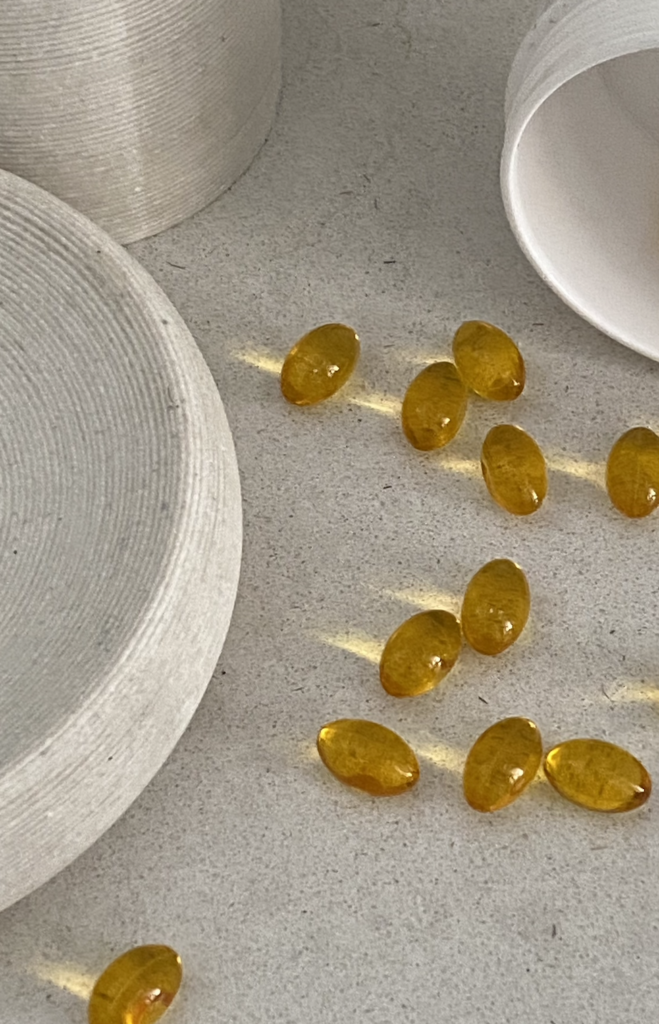
Supplement Your Way to More Dopamine
How Supplements Can Support Dopamine Production: Sometimes, even with the best diet, we need a little extra help. Supplements can fill in the gaps and support dopamine production.
Essential Supplements:
- Zinc
- Magnesium
- Iron
- Folate
- Vitamin B6
- Niacin
These nutrients are crucial for dopamine synthesis. For example, zinc and magnesium deficiencies are often linked to lower dopamine levels. Personally, I take L-theanine supplements and use Lion’s Mane to support my focus and brain health. These have been game-changers for me, helping to clear the brain fog and boost my concentration.
Additional Options:
- Vitamin D: Essential for brain health and can help increase dopamine.
- Green Tea Extract: Contains L-theanine, which can boost dopamine levels, though more research is needed.
Guidelines for Safe Supplementation: Before you rush to buy more supplements, remember that supplements can interact with medications and have side effects. Always consult with a healthcare provider to find the right balance for you.
Chill Your Way to Better Dopamine
Benefits of Mindfulness and Meditation: These practices aren’t just for yogis. Mindfulness and meditation can significantly help manage ADHD symptoms.
Dopamine Boost: Meditation increases dopamine levels, which helps improve focus and motivation. It’s like a mental reset button.
Mental Clarity: Regular mindfulness practice can enhance your ability to concentrate and reduce stress, making it easier to manage ADHD.
Simple Exercises:
- Breathing Meditation: Sit quietly and focus on your breath for five minutes.
- Body Scan: Lie down and mentally scan your body from head to toe, noting any tension and releasing it.
I have to be honest: sometimes, I struggle to meditate. Trying to keep my brain quiet and focus on meditating often stressed me out more. That’s when I discovered breathwork. It’s something I can actively do, and it helps regulate my nervous system and support my stress levels. Breathwork has been a more fitting practice for me, and I highly recommend it if traditional meditation feels challenging.

Sleep Your Way to Better Dopamine
Good sleep is the foundation of a healthy brain. Poor sleep disrupts dopamine production and exacerbates ADHD symptoms.
Dopamine levels are highest in the morning and decrease throughout the day. Quality sleep helps maintain this natural rhythm.
Tips for Better Sleep:
- Regular Schedule: Go to bed and wake up at the same time every day, and make sure that you’re regularly getting enough sleep.
- Create a Restful Environment: Keep your bedroom cool, dark, and quiet.
- Avoid Stimulants: Limit caffeine, T.V., and video games before bed.
Personally, I take Calm Sleep magnesium pills to help wind down in the evening. I typically take it two hours before bed, and it works wonders. I also use the Grace Space hypnosis app and listen to their sleep track to fall asleep quickly. These small habits have made a significant difference in my sleep quality.
Miscellaneous – How to Get Dopamine ADHD
Beyond the usual suspects of diet and exercise, there are some seriously fun ways to keep your brain happy and buzzing. Dive into creative outlets like painting or writing—they’re not just a blast but also great for your mental clarity. Nature lovers, rejoice! Spending time outdoors, whether you’re hiking or just relaxing in a park, can seriously boost your mood.
Let’s talk goals. Setting and crushing personal milestones, engaging in positive social interactions, and picking up new skills can all keep that dopamine flowing. And here’s a fun one: dopamine dressing. Yep, your wardrobe can actually make you happier. Rock those bright colors and bold patterns—they stimulate your brain’s pleasure centers. Don’t forget about your space, either. Dopamine decor is real; transforming your environment with joyful, vibrant designs can uplift your daily vibe.
And for those days when you need a quick pick-me-up, simple pleasures like a massage, acts of kindness, or even playing your favorite games can make a big difference. Incorporate these into your routine, and watch how your focus and mood improve.
When to Call in the Pros
Medication can be a lifesaver for many with ADHD. It helps boost dopamine levels and improve focus and impulse control. Recently, I went through some testing to find exactly what is going on with my brain waves to help find the best medication and treatment for me. (It’s called a qEEG.)
Common ADHD Medications:
- Stimulant Medications: Adderall and Ritalin—these increase dopamine and norepinephrine levels.
- Non-Stimulants: Strattera, Intuniv—these may be prescribed if stimulants aren’t suitable.
Finding the right medication and dosage can be a process. Work closely with your healthcare provider to tailor treatment plans that work for you.
Boosting dopamine levels can be a game-changer for managing ADHD. By making dietary changes, incorporating regular exercise, practicing mindfulness, maintaining good sleep hygiene, and working with a healthcare provider on medication, you can take control of your symptoms and improve your quality of life. Remember, it’s about finding what works best for you and being consistent with these strategies.
If you enjoyed this deep dive into boosting dopamine and managing ADHD, you’re going to love my “Out of Office” newsletter! It’s all about embracing a life filled with fun, creativity, and personal growth—perfect for anyone looking to find balance and joy outside of work. Subscribe now to get a weekly dose of inspiration, wellness tips, and lifestyle hacks straight to your inbox.
feartured post
Our New
Living Room
This could go to a blog post, an Amazon shop, a page of your site, your like to know it — whatever you want!
BEST THE BLOG
of





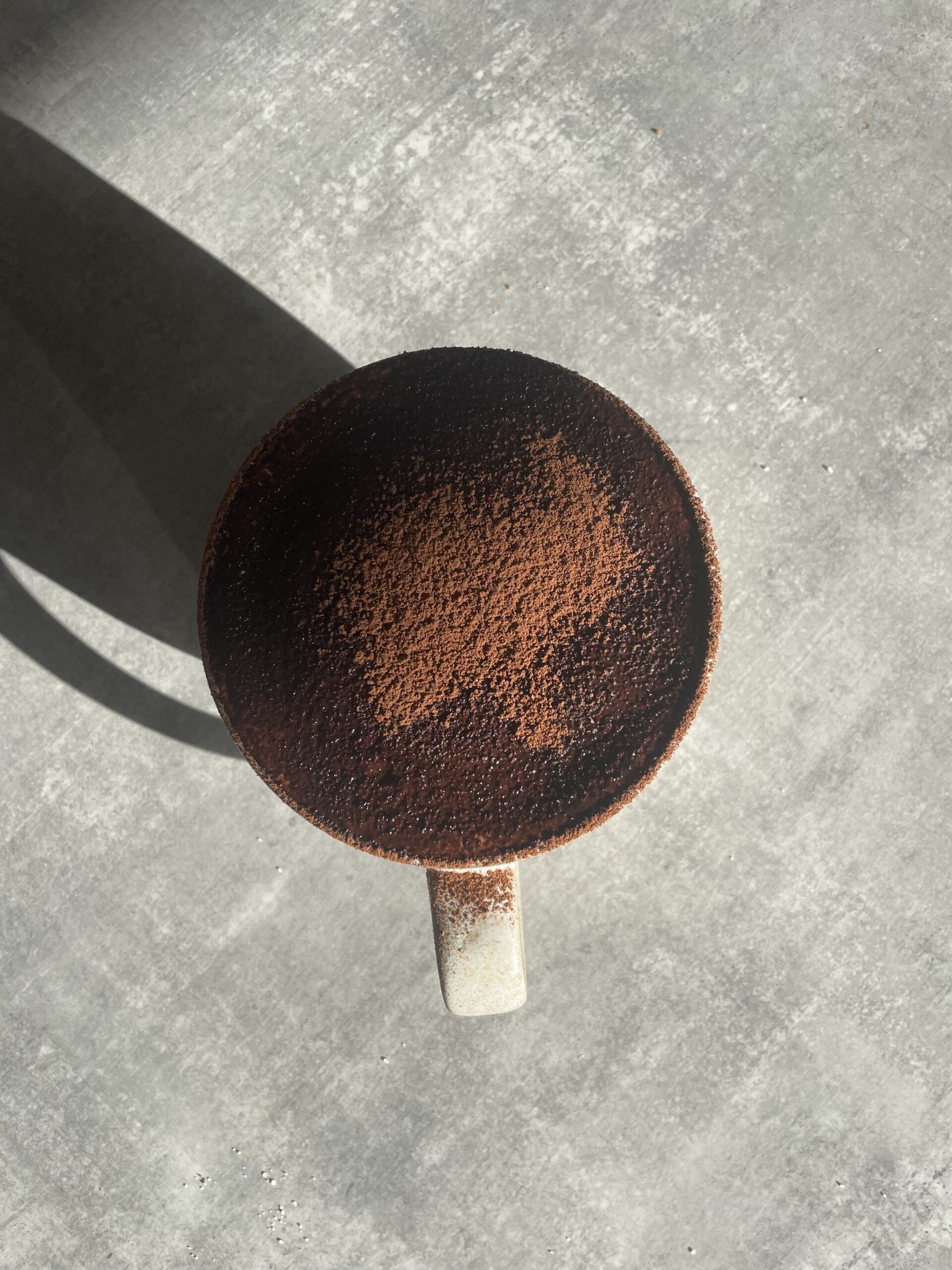
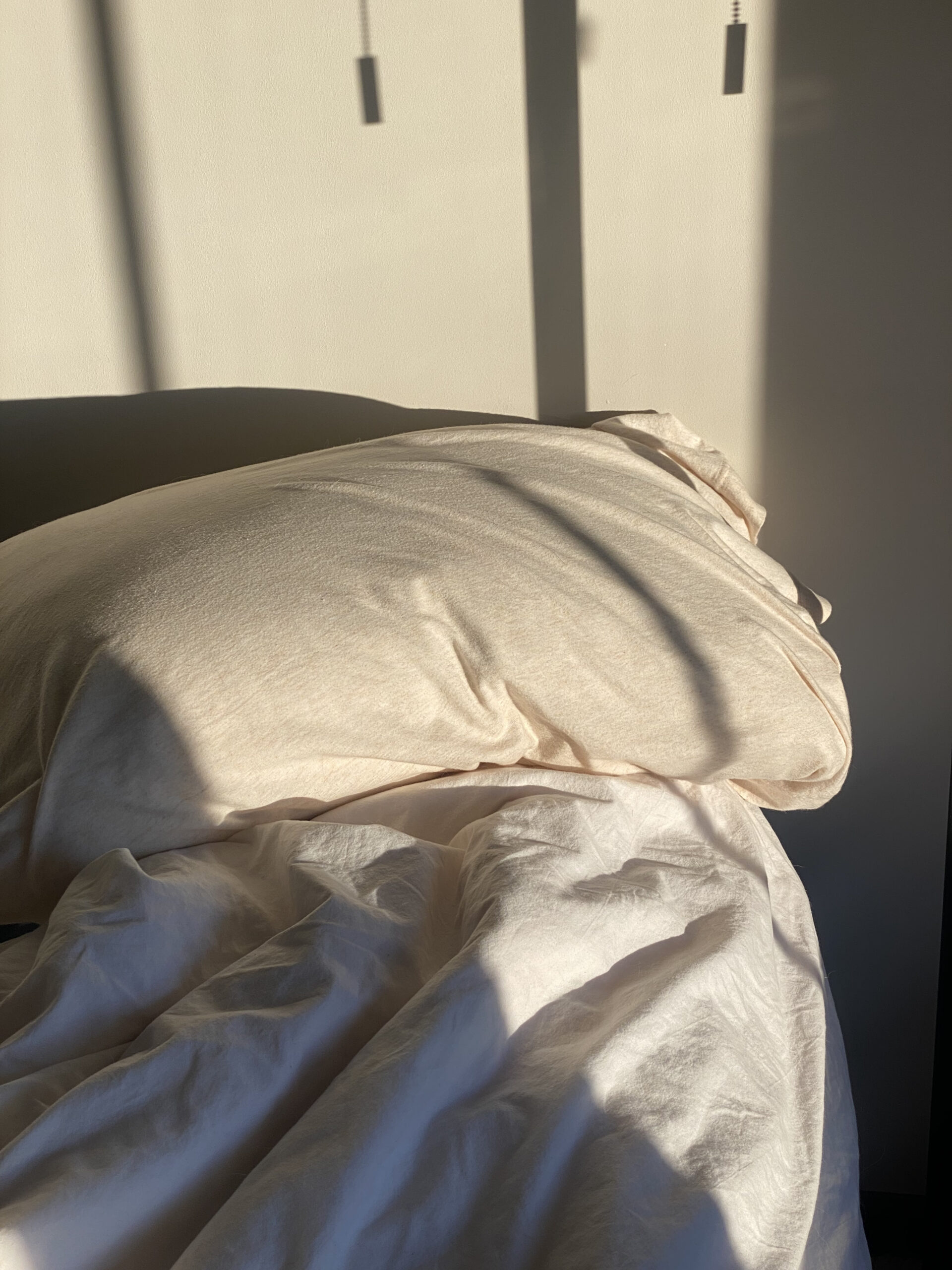
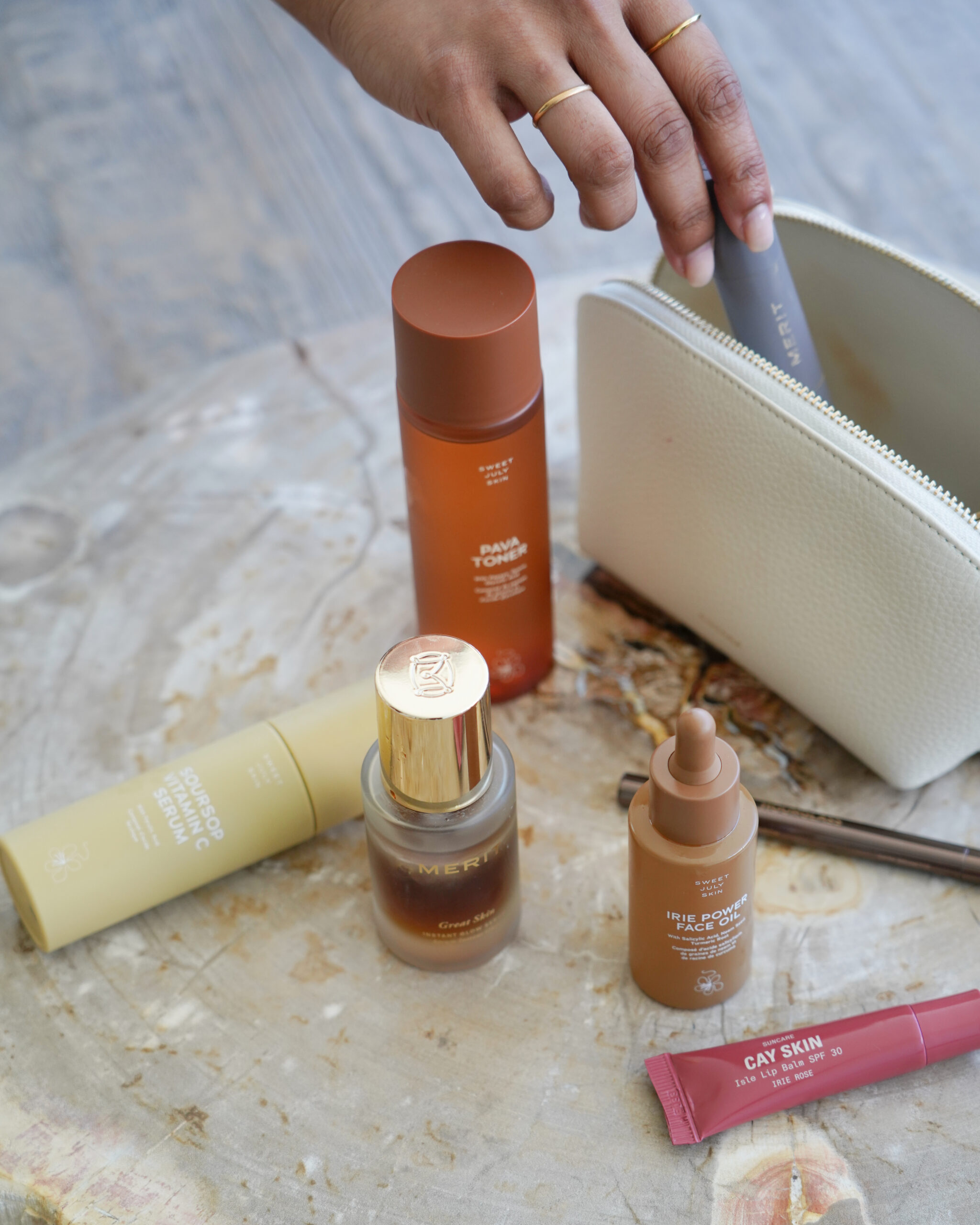

+ Show / Hide Comments
Share to: